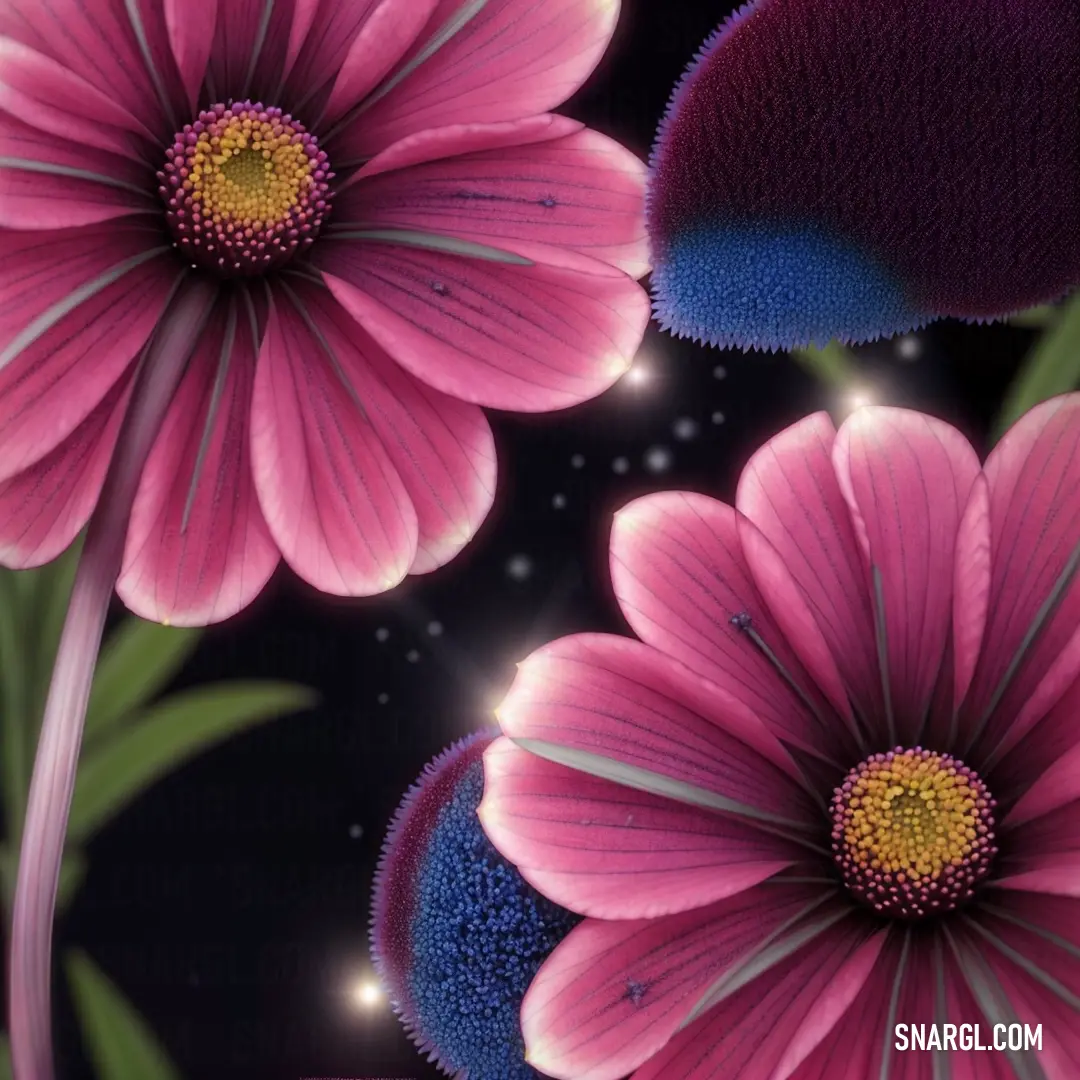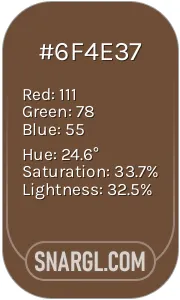
PANTONE 240
What color is PANTONE 240?
PANTONE 240 is a shade of magenta, which is a color that combines red and blue.
In the RGB color model, which is a system that describes colors in terms of red, green, and blue light, it has 74.9% red, 28.63% green, and 58.04% blue.
In the HSL color space, which is a system that describes colors in terms of hue, saturation, and lightness, PANTONE 240 has a hue of 322° (degrees), 62% saturation, and 75% lightness.
PANTONE 240 is a vibrant and eye-catching color that can be used for various purposes, such as branding, packaging, fashion, or graphic design.
This color can convey different meanings and emotions depending on the context and the culture.
It can represent femininity, beauty, or romance.
PANTONE 240 can be used to create striking and memorable designs, products, or messages.
It is a color that can express femininity, creativity, or energy.
Example of the palette with the PANTONE 240 color

See these colors in NCS, PANTONE, RAL palettes...
Example of the palette with the PANTONE 240 color

See these colors in NCS, PANTONE, RAL palettes...















 Cadet
Cadet Onyx
Onyx Dark raspberry
Dark raspberry Sky magenta
Sky magenta Dollar bill
Dollar bill Ruddy pink
Ruddy pink Coffee
Coffee Dark jungle green
Dark jungle green Blue Bell
Blue Bell UCLA Blue
UCLA Blue







